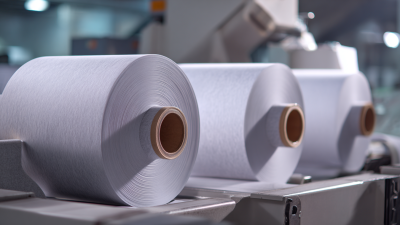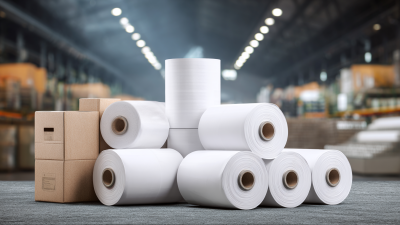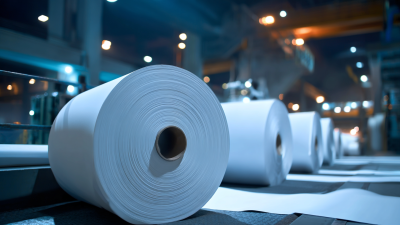In today’s fast-paced business environment, efficiency is paramount, and a Thermal Roll Printer can significantly enhance operational productivity. According to industry reports, companies that optimize their printing processes can increase workflow efficiency by up to 30%. This statistic emphasizes the importance of understanding how to maximize performance, especially in sectors like retail and logistics, where quick and reliable printing is essential. In fact, a survey by TechValidate found that 85% of businesses reported improved turnaround times after implementing efficient thermal printing practices. By adopting strategic methods for utilizing their Thermal Roll Printers, organizations can not only streamline their operations but also save on costs and reduce waste. This article outlines five simple and actionable steps that can help you achieve maximum efficiency with your Thermal Roll Printer, ensuring that your business stays ahead in a competitive market.
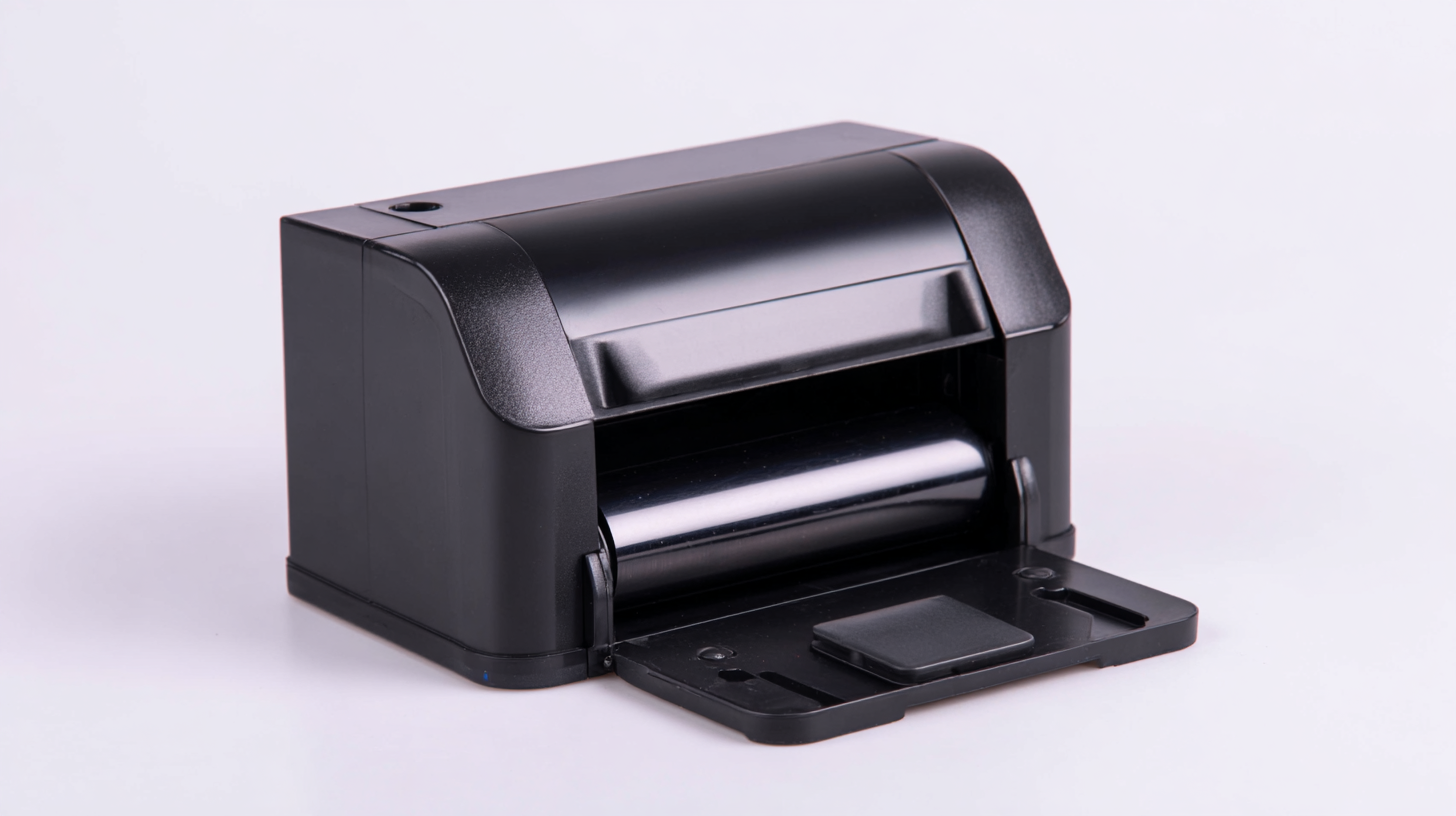
Understanding the key features of your thermal roll printer is essential for maximizing its efficiency. These printers are known for their fast printing speeds and low operating costs, making them ideal for various applications, from shipping labels to receipts. Familiarize yourself with the specific model you have, as some may include added functionalities like automatic cutting or different print resolutions. Knowing these features helps you to leverage the printer's full potential.
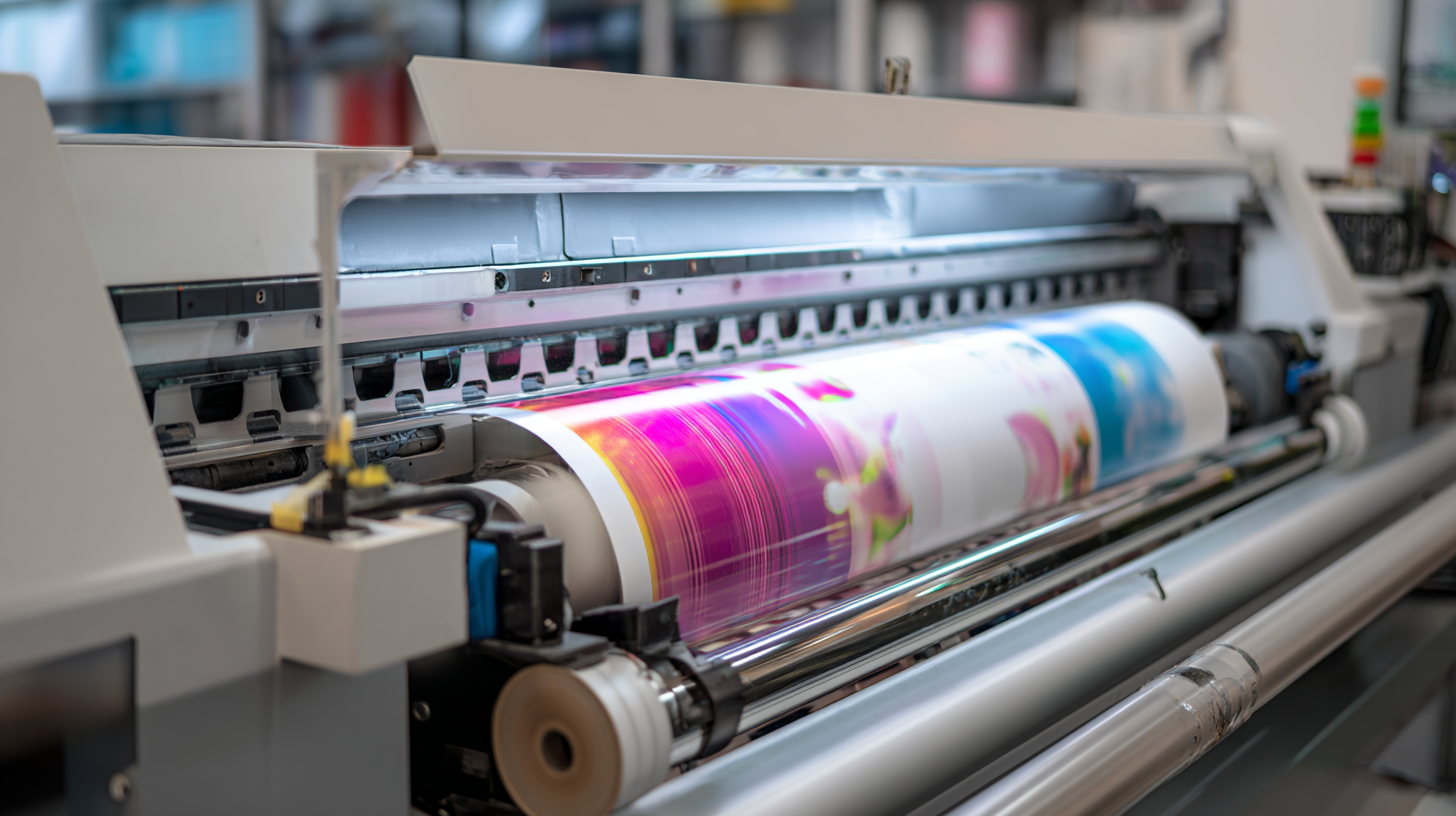
Tip: Always keep your printer clean and well-maintained. Regularly removing debris from the print head can prevent print quality issues and extend the life of your printer.
Additionally, understanding the types of thermal rolls compatible with your printer is crucial. Not all rolls are created equal; the right size and specifications can significantly impact print quality and efficiency. Always ensure you are using high-quality thermal paper that matches your printer's requirements to avoid jams and enhance printing speed.
Tip: Keep an inventory of your thermal rolls and order in bulk to avoid outages. Having a variety of sizes at hand can also help you meet different printing needs without interruptions.
To maintain your thermal roll printer and ensure optimal efficiency, routine checks and best practices are essential. According to a report by the International Imaging Technology Council (IITC), regular maintenance can extend the life of your printer by up to 30%. Start by regularly cleaning the printhead and roller surfaces to prevent dust and residue buildup, which can lead to poor print quality and increased wear. The IITC emphasizes that even minor obstructions can significantly affect the printer's performance, thus regular cleaning should be a priority.
In addition to routine cleaning, monitoring the quality of your thermal rolls is crucial. A survey conducted by the Printing Industry Association (PIA) found that around 70% of printing issues arise from using substandard materials. Always opt for high-quality thermal rolls that are compatible with your specific printer model. Furthermore, implementing a preventative maintenance schedule can help identify problems before they escalate, potentially saving businesses significant repair costs—up to 25% according to industry reports. By adhering to these best practices, not only will you enhance the longevity of your printer, but also improve the overall efficiency of your printing operations.
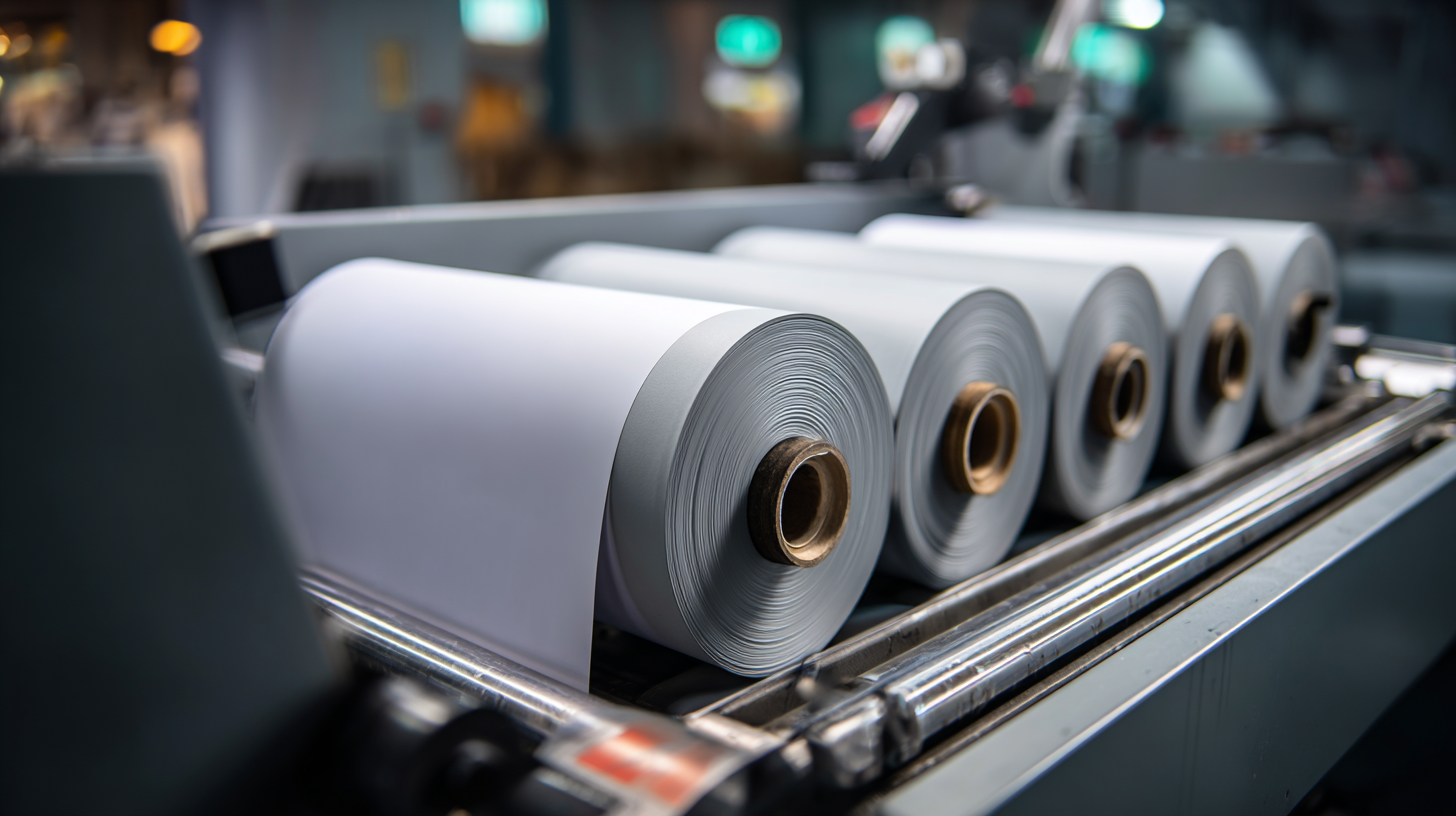
When aiming to enhance printing quality with your thermal roll printer, selecting the right thermal rolls is paramount. It is essential to recognize that not all thermal rolls are created equal. According to a report by Smithers Pira, improper roll selection can lead to up to 20% more paper waste and printing errors. Choosing high-quality thermal rolls specifically designed for your printer model can significantly reduce these issues, ensuring clarity and consistency in your prints. Additionally, features such as coating type and compatibility with printer specifications can further affect performance and quality.
A study conducted by the International Journal of Printed Electronics indicates that using specially formulated thermal rolls can improve print durability and resistance to environmental factors, prolonging the lifespan of printed materials. Brands that invest in high-quality thermal rolls report a 15-25% increase in the lifespan of their printheads, which can result in lower maintenance costs and fewer interruptions in workflow. By prioritizing the right thermal roll selection, businesses can not only enhance print quality but also optimize operational efficiency, leading to sustainable practices in their printing processes.
| Roll Size (mm) | Core Size (mm) | Paper Type | Print Quality (dpi) | Best Use Case |
|---|---|---|---|---|
| 80 x 80 | 12 | Standard Thermal | 203 | Point of Sale Receipts |
| 60 x 50 | 13 | Premium Thermal | 300 | Shipping Labels |
| 100 x 150 | 25 | Eco Thermal | 203 | Food Labels |
| 80 x 120 | 25 | Antimicrobial Thermal | 300 | Healthcare Labels |
| 70 x 70 | 12 | Direct Thermal | 203 | Ticketing |
Adjusting your thermal roll printer settings is crucial for achieving maximum speed and efficiency. According to industry reports, optimizing printer settings can lead to a performance boost of up to 30%, significantly reducing print times and material costs. One of the most effective adjustments is the print resolution; lowering the DPI (dots per inch) setting can help increase printing speed, especially for routine tasks where high detail is not necessary. Studies indicate that a 200 DPI setting can yield a balance between speed and quality for standard label printing, ensuring efficient operations without compromising readability.
Additionally, managing the print speed settings is paramount. Many printers offer adjustable speeds, and selecting the optimal speed for the task at hand can enhance productivity. Research from the National Association of Print Industry Professionals shows that fast printing modes can increase throughput by as much as 50% during high-volume runs. Together with the correct media type settings, which align with the specific printing requirement, these adjustments can significantly streamline your printing process, allowing businesses to save time and resources while meeting heightened demand.
This bar chart illustrates the print speed of a thermal roll printer under different settings, highlighting the improvements achieved through optimized settings and high-speed mode.
Maintaining a thermal roll printer is crucial for ensuring its longevity and optimal performance. One of the most effective ways to achieve this is by implementing a regular maintenance schedule. By dedicating a specific time each month to inspect and clean the printer, you can prevent dust buildup and ensure that the print heads remain clear of residue. This proactive approach not only enhances the quality of prints but also extends the lifespan of your printer.
Tips for maintaining your thermal roll printer include regularly replacing old or worn-out parts, such as the print head and roller. Always use high-quality thermal paper compatible with your printer, as inferior materials can cause jams and affect print quality. Additionally, take a moment after each printing session to wipe down the exterior and remove any debris that may have accumulated. This simple task contributes to a clean working environment for your printer and can significantly reduce maintenance issues over time.
Implementing these maintenance tips into your routine can lead to fewer technical problems and better performance from your thermal roll printer. By being diligent and consistent with care, you are setting your equipment up for sustained productivity and efficiency.

